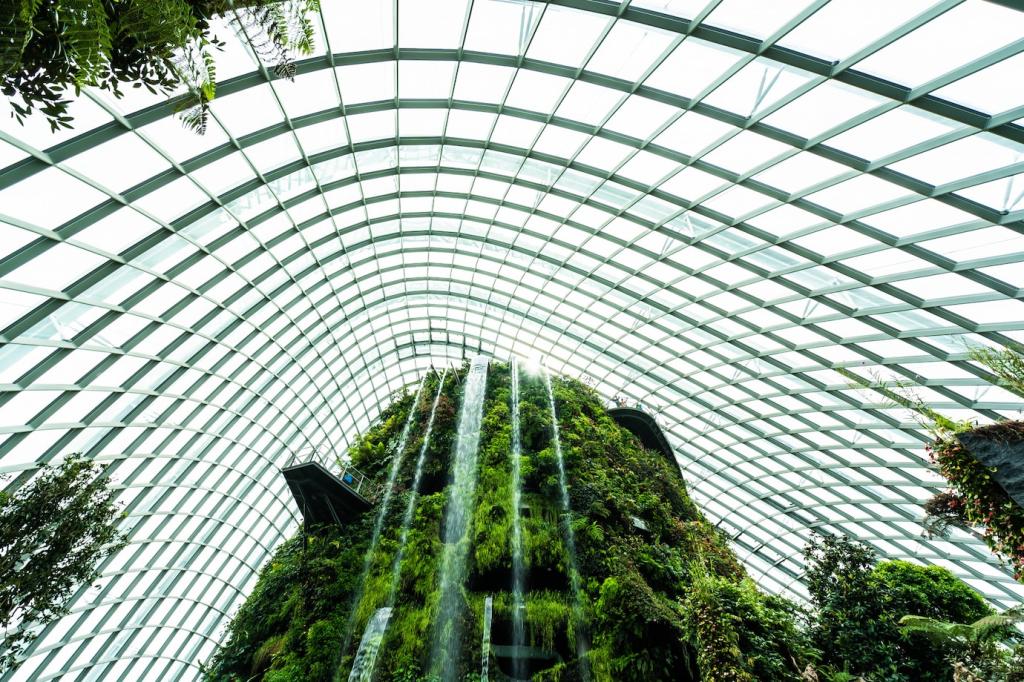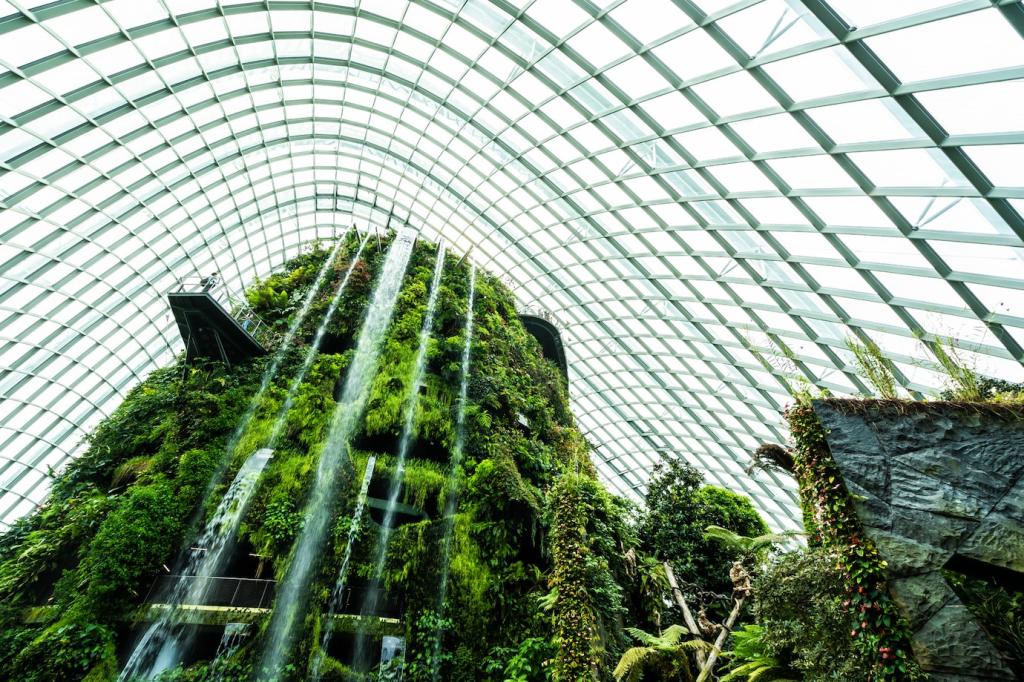Maintenance, Safety, and Troubleshooting
Spring: clean gutters, test diverters, and inspect screens. Summer: confirm pump pressure and check for algae. Fall: clear leaves quickly and test overflow paths. Winter: insulate exposed pipes and secure lids. Want a printable checklist? Subscribe and we’ll deliver a one-page guide tailored to rainwater harvesting systems.
Maintenance, Safety, and Troubleshooting
Keep tanks opaque, lids sealed, and screens tight to block mosquitoes and debris. Ensure downspouts have insect-proof mesh. Maintain a dark environment to deter algae and consider periodic sediment flushing. If odors arise, inspect first-flush devices and clean filters. Ask your questions below and we’ll troubleshoot with you in real time.






